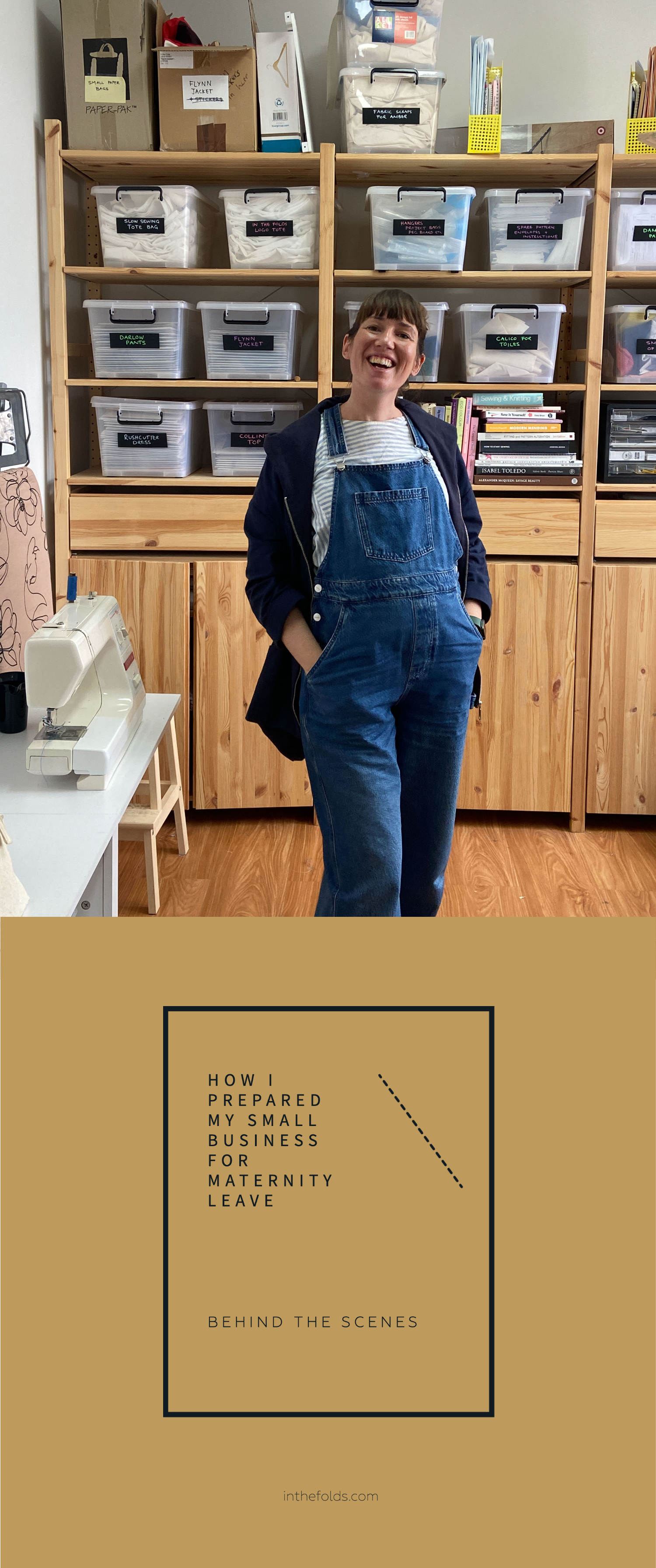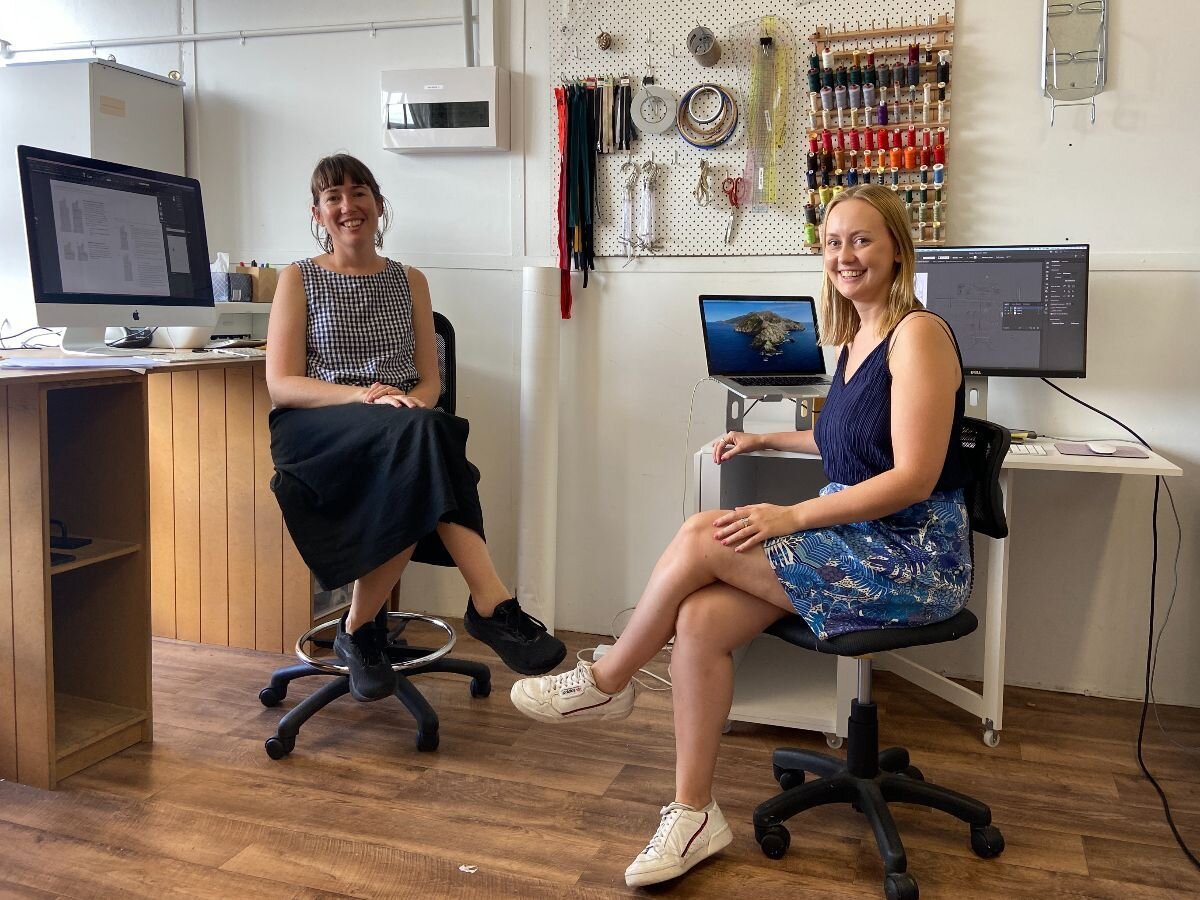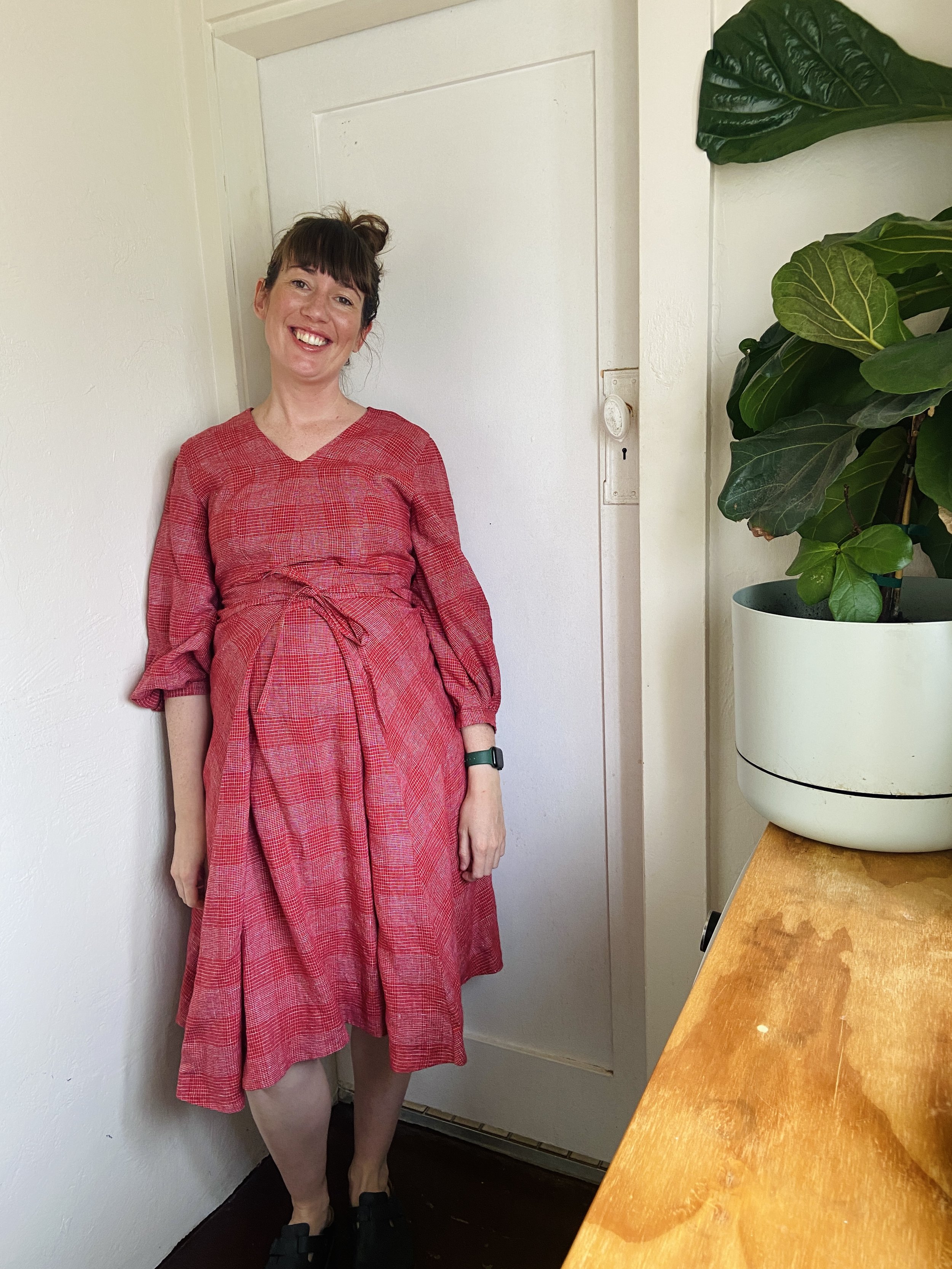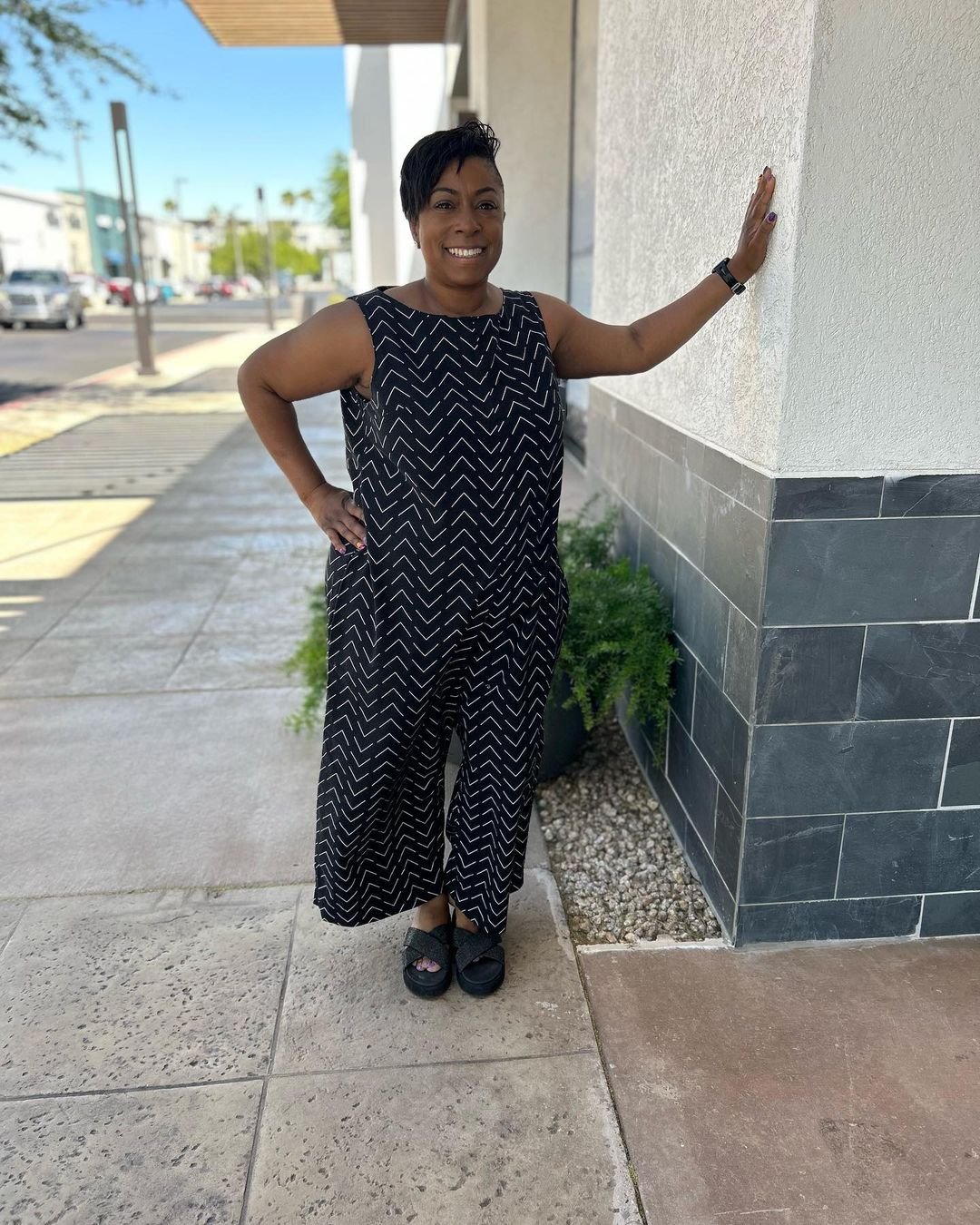It’s that time of year when our inboxes are inundated with businesses vying for our attention:
You need this! It’s so cheap! Don’t miss out! You might regret it if you don’t buy it now!
As a small business, we appreciate the cash flow boost that these sales can offer. And, as ordinary Aussies with home loans and rent payments and expensive grocery bills, we acutely understand the impact a discount has on a tight budget.
But when it comes down to it...?
When we take a deep breath and consider our In the Folds values...?
It just doesn't align.
And so, as per all the previous years we've been in business so far, we won't be participating in the Black Friday / Cyber Monday sales. Because we don't want you to binge purchase our product just because it's cheap.
We only want you to buy them if you're actually going to use them.
But mostly?
Because we create products that have extraordinary value just as they are.
As we chatted about this in a team meeting recently we thought it might be helpful to share our different perspectives on the sales seasons, and then share some of our tips for buying thoughtfully during the sale season.
The best thing?
These tips are actually helpful all year round!
OUR THOUGHTS ON Black Friday / Cyber Monday sales
EMILY: I find the sale season conflicting as a business owner. I admire brands that steer clear of discounting their products during the Black Friday / Cyber Monday weekend, but I do understand the appeal of making some quick sales and boosting cash flow, especially towards the end of the year. It can be difficult as a business owner to ignore the pressure and the rush to do what others are doing, but all it takes for me is to take a deep breath and I instantly know that Black Friday sales are not aligned with the values of In the Folds. I want people to purchase our products with intention, knowing that they will be used and enjoyed, not because of a flash sale. I want the people buying into the brand to become part of our community.
On a personal level, I try to be intentional about my purchasing behaviour. It is something I am still reckoning with since becoming a mother. Before having a child, I had a lot more time and could take more time to purchase the things I needed. I searched for things secondhand on marketplace and charity shops. Now, with a little one either needing a new pair of shoes yesterday or something we need for the house so we don’t trip over her toys, it feels harder to spend the time searching for things secondhand.
LEANNE: I try to have a considered approach to consumption where I can. It’s why I got into slow fashion and sewing my own clothes in the first place. I have always enjoyed thrifting and refashioning vintage garments as a mode of creative expression, as well as more fundamentally for ethical, economical and environmental reasons.
Obviously I am not immune to pushy advertising. There are constantly things that crop up on my radar which induce a desire to shop, but I try to hold off on impulse buying where possible.
And yet sometimes there are occasions where you spot something and instantly know it was unequivocally meant for you. If you don’t snap it up immediately, your size will likely sell out and you will be disappointed! Spontaneity is definitely allowed. But, I try to make it the exception and not the rule, to ensure my consumer habits don’t get the better of me.
XANTHE: Our family has a really tight budget so discounts are something I’m always on the look-out for. However, because I have a clear understanding of the impact that overspending will have on my family, I’m less and less inclined to even think about spending on things I don’t actually need.
During the sales seasons I’m usually more focused on buying the regular everyday things that I know I’ll definitely use. It’s not very exciting, but cleaning products and skincare are my go-to purchases at these times. It’s also a great opportunity to up-skill in my area of work because online courses and training are usually included in these annual sales. And I’ll always give FB Marketplace a good look before buying new too, especially when it comes to furniture, or things for the kids like scooters, roller skates or bikes.
HOW TO BUY WITH INTENTION
Here are our tips for managing your consumer behaviour during the sales season, and beyond!
Delete sales emails as soon as they come in.
Or even better, ignore your inbox for the week leading up to BF/CM. For particularly persistent brands you might consider unsubscribing from their marketing emails completely at this time. It’s not likely that you’re going to miss out on something important, especially if you don’t actually need anything they’re selling right now. (See point 5!)Get outside into nature!
Doing something as simple as taking a walk gives you an opportunity to distract yourself from the appeal of something new and remind yourself what’s actually important.Consider how or where you will store the item you’re considering purchasing.
As someone who lives in a tiny apartment, this is very important to Emily. If she doesn't have an obvious space for it, it’s not coming in!For clothing, think about where and how you will actually wear it.
Emily is often drawn to beautiful dresses, but in reality, in this season of her life she lives in shorts and t-shirts. When she thinks about how many times she would actually wear a beautiful silk dress in a year (maybe 2 or 3 times??) it’s easy to accept that now is not the time for the purchase.Curate ‘wants’ and ‘needs’ shopping lists.
Through the year, keep a list of things you ‘want’. Assess the list regularly to determine if something you already own could fill the gap. If an item remains on the list for a significant period of time and your desire to purchase it hasn’t waned, add it to a ‘need’ list. Use the ‘need’ list to dictate what you purchase throughout the year or during sales. For Leanne, who has lots of birthdays that fall around Christmas time, the Black Friday sales are aptly timed, as she can get the bulk of the kids’ presents sorted in one fell swoop. It helps her to stay organised and ultimately save money, but she bases her purchases on a list of items that she would be buying anyway, sale or no sale.Check your op shop first.
A bonus tip for point number 5? Xanthe likes to do speedy trips to her local op shops with the ‘needs’ list to see if there’s any amazing finds before buying new. This doesn’t have to be a special trip either - just a quick five to ten minute look when you’re driving past is all you need if you know what you’re looking for! And you’ll be amazed how often you’ll find exactly what you’re looking for.Never shop when…
You know how they say not to do your grocery shopping when you’re hungry? We think the same is true for when you’re emotional! While we can all attest to how good it feels to #addtocart when you’re feeling crappy, it’s good to consider how you might feel later on when you see your depleted bank balance or maxed out credit card. And if this is you, refer to point number 2!Consider your carbon footprint.
If you are going to purchase during the sales season, Leanne tries to purchase everything from one vendor to minimise her shipping costs and carbon footprint. Where possible, add the same things to cart across a number of stores to compare costs. Leave everything sitting in the cart, then go away for a while and do something else. When you come back, reassess everything in the cart to determine if you still think it’s needed, then buy from the store with the best value for money.Don’t be social.
Make a concerted effort to stay off social media during this season. You probably don’t need a #amazonhaul, despite what that influencer is trying to tell you, so why not just stop tormenting yourself!
What are your thoughts on the sales seasons? Do you have any tips you can share with us for buying thoughtfully? Drop them in the comments!
WHAT YOU’VE BEEN MAKING…
Marden shirt made by Curated member, Katherine.
Peppermint Wrap skirt made by @jesssewukno















